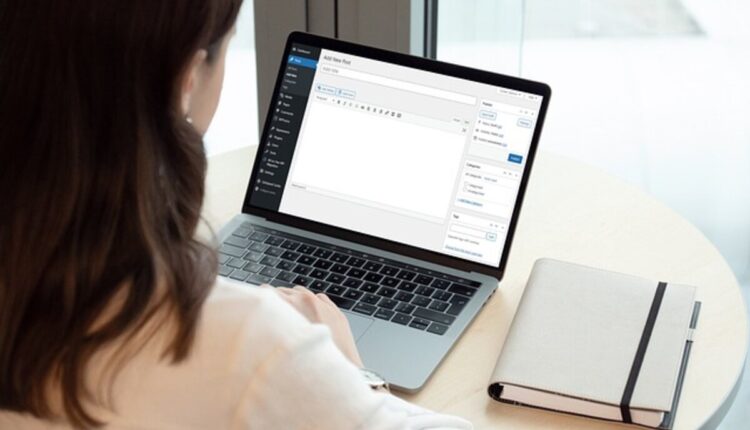If you’re an internet marketer, you undoubtedly have a lot going on. You’ve put a lot of effort into creating a high-quality website or blog, and now you’re focusing on getting your product or message out there. Unfortunately, a subset of Internet users’ mission in life is to break into your safe and cause mayhem.
Here are some precautions you may take to keep your WordPress blog safe to use.
Maintain Up-to-Date and Regular WordPress Backups
The hacker community is well aware of the many flaws in older versions of WordPress. The WordPress team deserves respect for their dedication to fixing bugs and releasing regular updates to secure the system. Protecting yourself online begins with using a modern blogging platform.
Avoid stress and hypertension by always having a backup of your blog ready before updating. Since many things might go wrong, it’s wise to back up your WordPress frequently.
One further advice is to remove the meta tags that reveal the Wp version you’re using. Header files typically contain this data.
Don’t advertise your plugins.
The availability of valuable add-ons is a significant plus for WordPress. While they considerably expand your blog’s functionality, hackers can exploit their problems and vulnerabilities. Be careful to inform them of any changes as well.
The wp-content/plugins folder makes it simple for everyone to see what kinds of plugins you’re running. Using an empty ‘index.html’ file in your plugins folder will prevent hackers from seeing which plugins you have installed.
Verifying that the plugins in your folder are the ones you want is also a brilliant idea. A hacker could potentially install their plugin after gaining access to your data. If you come across something unfamiliar, it is best to get rid of it.
Download this free WordPress plugin to monitor login attempts. Many hackers will try to guess your password endlessly. Therefore, the plugin will deactivate that IP range’s login function if too many of them come from the same IP address in a short period. Bad-neighborhood.com is now a no-login zone. To access the download page, select login lockdown from the menu. Look into their other plugins as well.
Passwords Should Be Updated.
There are frequent uses for this simple vulnerability. If you create a password that is both weird and difficult to remember, your blog will be safer. If necessary, switch it up every month.
And it’s not just your WordPress credentials. Your hosting account and ftp credentials should also be kept safe.
Avoid this headache by always writing down and securely storing your passwords.
Cloak the /wp-admin/ folder in safety.
The /wp-admin/ folder is where WordPress keeps your most private data. WordPress leaves the folder accessible by default, allowing anyone with the necessary knowledge to change the site’s files.
Protect this file by:
Add an. htaccess file to the /wp-admin/ directory to prevent access from any IP address other than your own.
The necessary. htaccess file code is as follows:
The AuthUserFile is /dev/null.
To have the AuthGroupFile set to /dev/null
AuthName = “Example Access Control”
AuthType Necessary
command Permit, Refuse
refute all claims
permit access from xx.xx.xx.xx
the xx.xx.xxx.xx host to access
If your website is ever transferred to a different domain, you should know:
Look for the Secret Message
You’ll need more profound familiarity with WP’s inner workings, so don’t fool with it unless you’re confident in your abilities.
Check out the template folder.
Get inside your theme’s files by navigating to the editor in your WordPress admin panel. Check to see if any lines of code are missing or if any lines include PHP code that you don’t understand.
Check the records in your database.
Some hackers will place malicious plugins in your site’s “Uploads” folder and then upload bogus photos. To check for this, use PHPMyAdmin and navigate to the “wp-options” table, where you may update the “active_plugins” entry.
All of your blog’s currently installed plugins will be listed there. Get rid of any that don’t make sense or are unused.
FTP allows you to peruse your site’s files.
Enter your FTP username and password to access your site’s files. Any files that sound suspicious or have an odd name should be checked. Verify that the file structures of both blogs are identical by visiting the sites where you have WordPress installed.
Avoid a panic attack by always performing multiple backups before making any changes.
Have Courage
Ojai, Billy
Is increasing your Internet marketing earnings a goal of yours? Copywriting skills training is one option. Copywriting for the Web is available for free download at
Read also: A Comprehensive Guide To The Health Screener.

